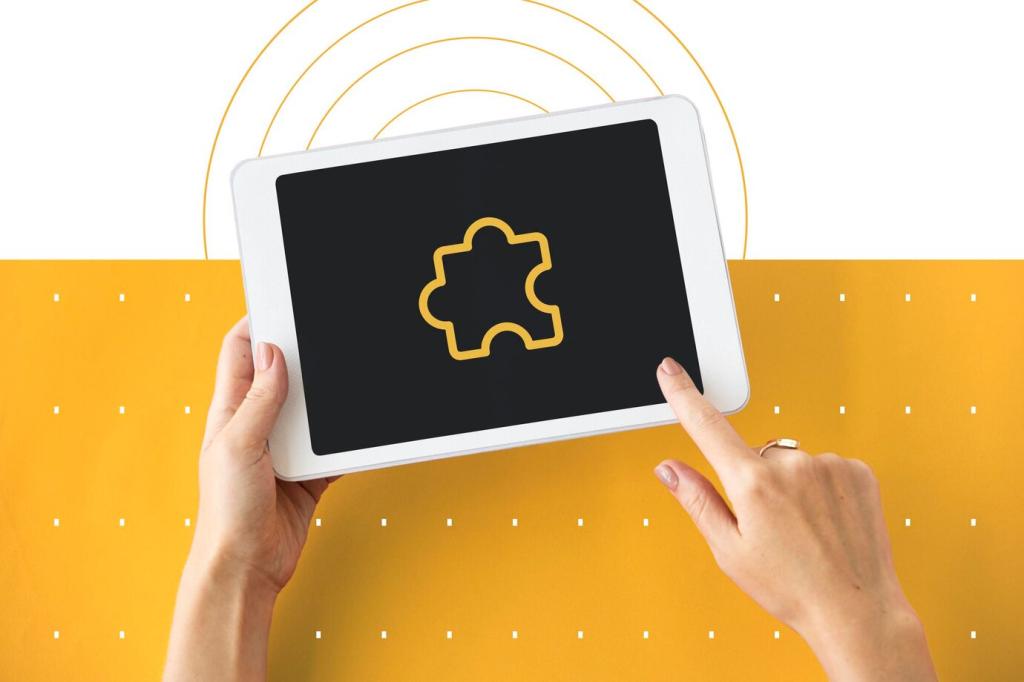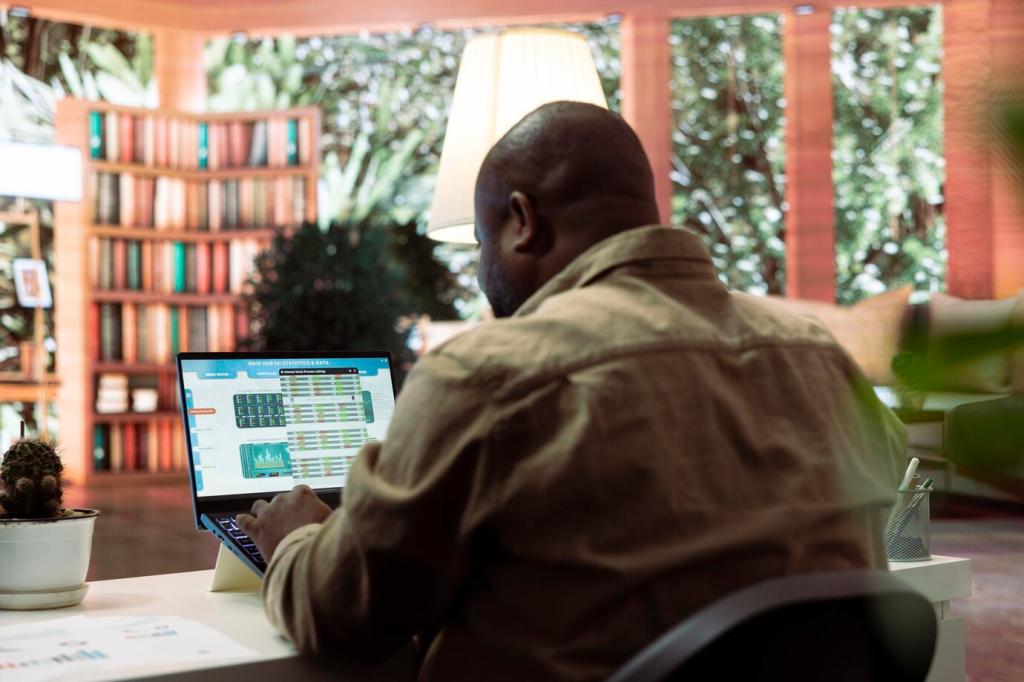Sustainability and the Next Leap
Low-power chips, smarter software, and energy harvesting from motion, light, or body heat promise longer life between charges. The best wearable is the one you keep wearing, because it quietly works while using less of everything.
Sustainability and the Next Leap
Modular parts, standard bands, and accessible service guides help devices endure. When replacement is necessary, certified recycling keeps rare materials in circulation. Tell us how you extend your wearable’s life, and we’ll feature practical tips in future posts.









